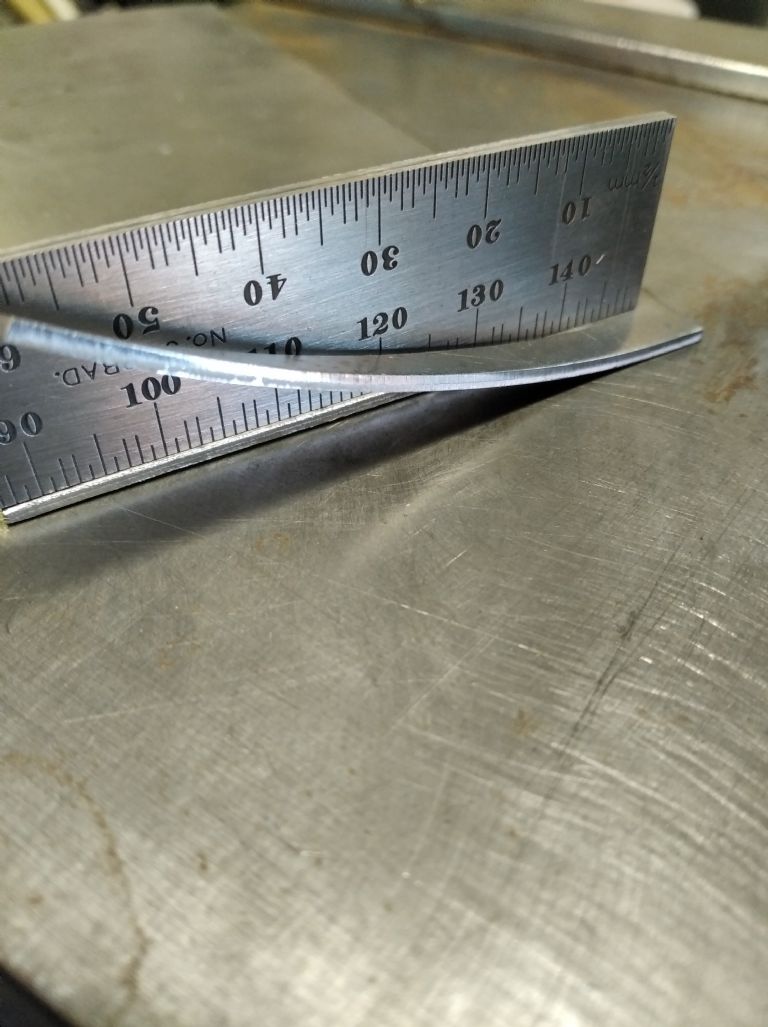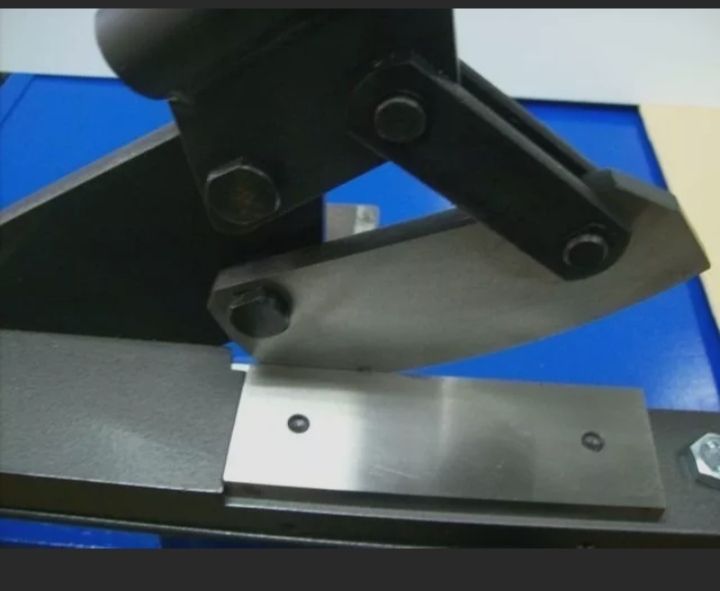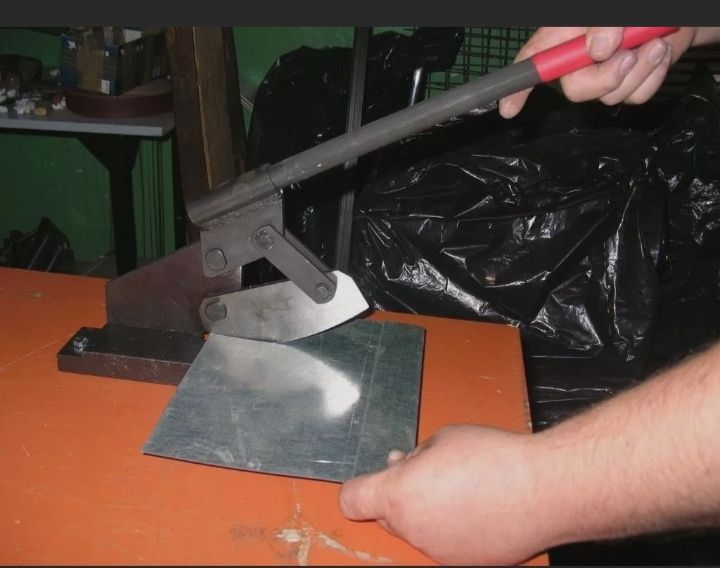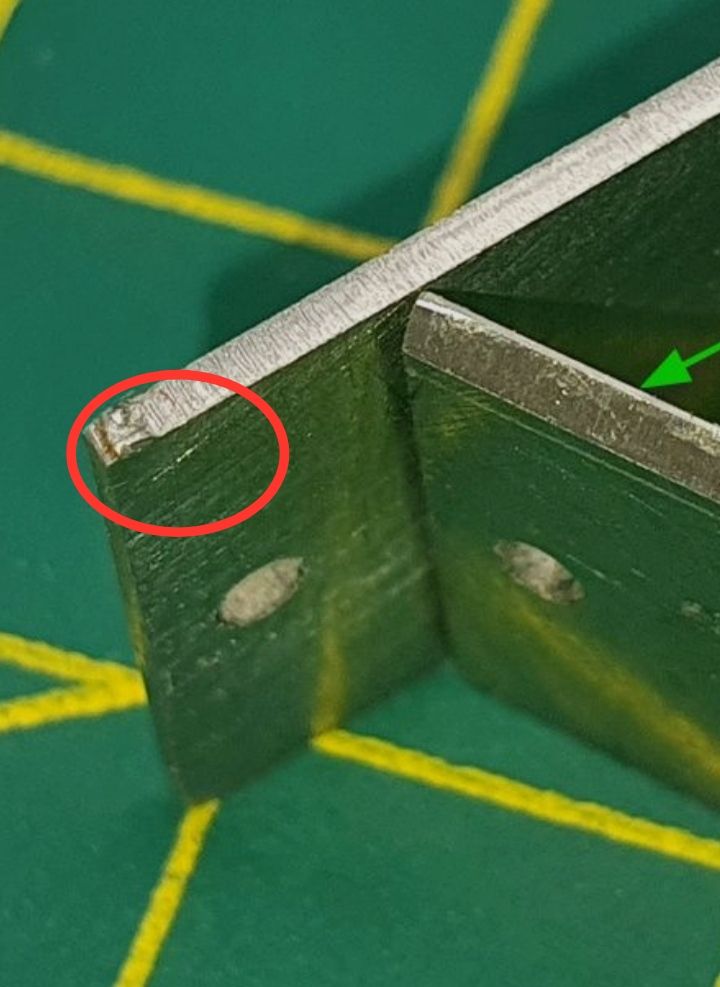My experience is that you have to chase accuracy gains in every department you can think of… and then discover other areas you missed.
It starts with marking out. A thin scribed line is probably best (beats pencil or printed templates glued to the material). Thinner the better.
You have to be able to see the line so you know where to aim for. So high contrast using layout blue, careful lighting, and magnification.
You need to see the line and where the tool (saw) is cutting – so really firm work holding so it doesn't vibrate. Good positioning. Clamping. Blow or brush the swarf off the line.
Start slow – speed comes with practice.
Give yourself time/space to adjust. It is difficult to adjust part-way through a stroke. The less you cut in one stroke, the smaller the maximum error before you readjust. So smaller saw teeth, less pressure.
Long strokes help get the best life from your blade, but might not help with accuracy at first. But it is good to practice long strokes.
Develop a nice feeling of the cutting action. Each stroke should be considered. lighter pressure means less blade deflection.
Constantly re-check you are sawing vertical. Relax the grip and posture. Learn to feel when the saw is upright.
Enjoy the process rather than focusing on the end goal.
If your mind isn't 'in it' then take a break.
There is more to consider but I suspect all that is on another level than the advice wished for i.e. there is no one, quick-win or secret to accurate sawing. The simplest advice is 'practice' but probably worth saying 'mindful practice'.
Edited By jaCK Hobson on 02/11/2021 14:00:48
jaCK Hobson.










